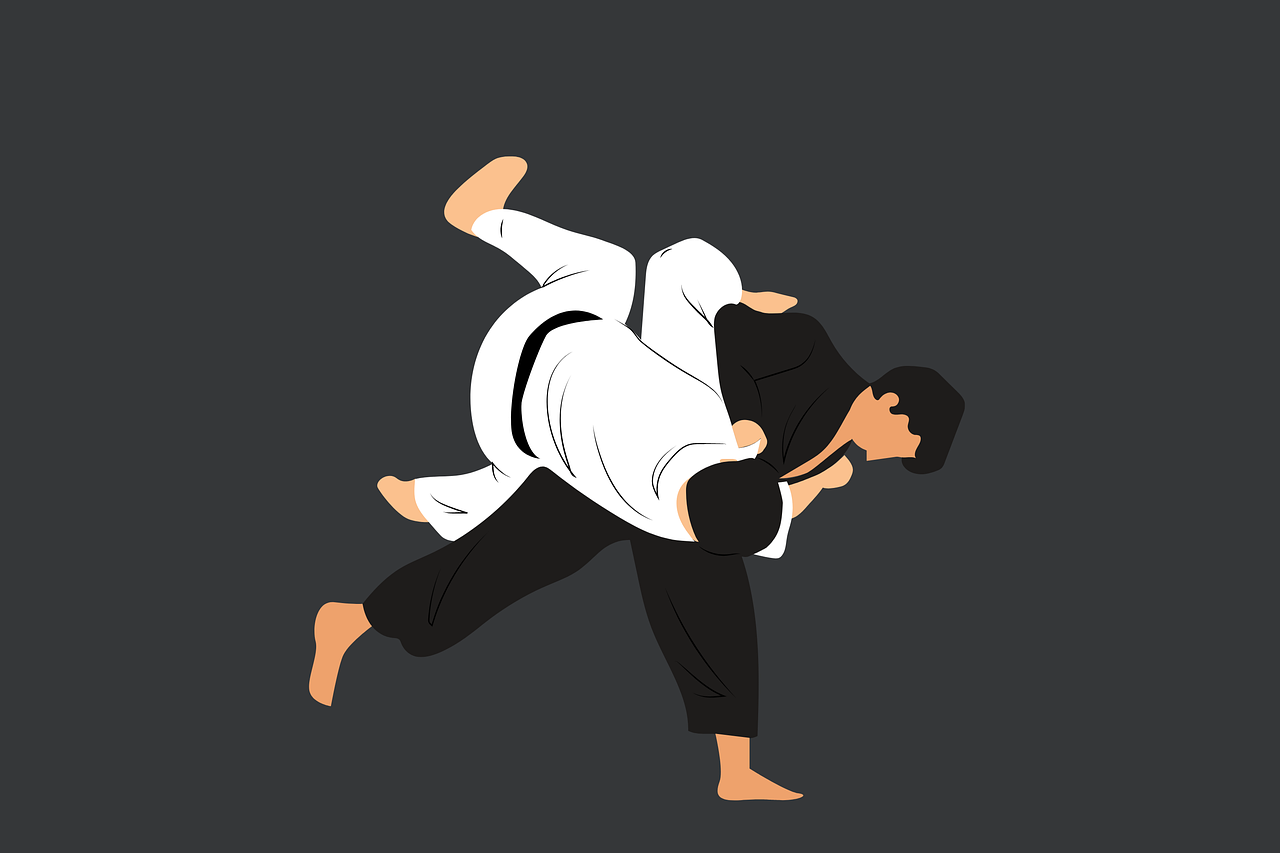
In this article, part of our series on martial arts from different culture, we focus on the art of judo. We personally find the origin story of judo to be fascinating and very surprising, which is why we couldn’t wait to share it with you.
By the time you finish this article, you will know everything about the history of this martial arts, as well as some bits about its practical application. Enjoy reading!
The Creator of Judo
There probably isn’t another martial art that can be traced back to a single human with a dream. One might argue that Gichin Funakoshi created the karate we know today, which is true, but he had been practicing the Okinawan martial art, a centuries-old tradition, before he founded his own dojo that consequently re-shaped karate.
The same cannot be said about Kano Jigoro, the creator of judo. Some of you familiar with his story might say that judo is the modern version of jujutsu, but you can only claim that if you completely ignore Kano’s philosophy. It’s our intention to tell you about his life and how his experiences led to the creation of judo.
The History of Judo
Kano Jigoro (1860-1938) came from a wealthy family. His grandfather was the head priest of the Shinto Hiyoshi shrine, his father became an official in the Shogunate government, while his mother was an heiress to a sake brewing company. Despite his affluent family, Kano suffered a lot of abuse in school.
Still, he wasn’t going to let that bring him down and he actively sought to be trained in jujutsu to fight back. This feat, however, proved to be very difficult to achieve. Jujutsu was falling out of favor in Japan, which was in the process of westernization. Many dojos closed their doors with teachers refusing to teach anymore.
Finally, Kano found a small dojo that practiced Tenjin Shin’yō-ryū jujutsu. The Master, Fukuda Hachinosuke, focused on fighting technique rather than formal exercise, which would go on to inspire Kano. During his time there, Kano became the best student and even demonstrated the martial art to U.S. President Grant. Upon Fukuda’s death in 1880, Kano became the supposed “heir” and he inherited the dojo scrolls.
Kano kept practicing jujutsu afterwards at the dojos of Iso Masatomo and Iikubo Tsunetoshi. Iikubo also concentrated on randori (free practice) like Fukuda, while Masatomo used Kano as a randori assistant, while he concentrated on kata (forms).
Kano founded his own dojo that would later become the Kodokan (place to expound the way). His last teacher, Iiukubo would teach there a few times a week too. Kano and Iikubo would often have jujutsu matches; Kano noticed that he threw Iiukubo more often than him as a result of his focus on how to break the posture of the opponent.
Kano shared his ideas with Iikubo to which the teacher replied that he had nothing else to teach him and gave him all his books on Kito-ryu jujitsu. Kano went to combine the throwing techniques of Kito-ryu jujitsu with the pinning and choking of Tenjin Shin’yō-ryū to create judo. The word judo comes from “ju” (pliancy) and “do” (method/way).
He wanted to mix together the elements he liked about the schools he attended and to add his own techniques to create a new martial art based on physical culture and moral training. Kano said he viewed judo in three ways that created the perfect symbiotic relationship:
- Rentai-ho – physical exercise
- Shobu-ho – martial art
- Shushin-ho – virtue and wisdom; the application of judo in daily life
Practicing Judo
Much like other martial arts, judo consists of kata (forms) and randori (free practice). Unlike karate, however, kata is almost exclusively practiced with a partner. During kata practice, the students learn pre-arranged positions, some of which are not in use anymore, but are taught to preserve them in history.
Judo focuses on randori, Kano’s preferred emphasis. There are three types of randori – Yakusoku geiko, where both participants allow each other every throw, Sute geiko, where a more experienced participant allows to be thrown by their less experienced partner, and yakusoku geiko, where the objective is to win.
Although yakusoku geiko is used in competitions, for obvious reasons, the other types of randori are taught to preserve not only the style, but the philosophy of judo, which promotes lifelong learning.
There are three main types of waza (techniques) in judo. Nage-waza (throwing techniques), katame-waza (grappling techniques), and atemi-waza (striking techniques). It’s important to know how to fall without sustaining an injury, which is why each training session begins with ukemi (break-falls).
Judo competitions are supervised by a jury that awards points to the participants. To win a match, you need to score an ippon or to throw your opponent on their back with impetus and control. There’s also a lesser throw (insufficient force) that grants you a waza-ari; two waza-ari equal one ippon.
You can also pin your opponent on their back and keep them there for at least 20 seconds or until they surrender. If the pin lasts less than 20, but more than 10 seconds, you score a waza-ari.